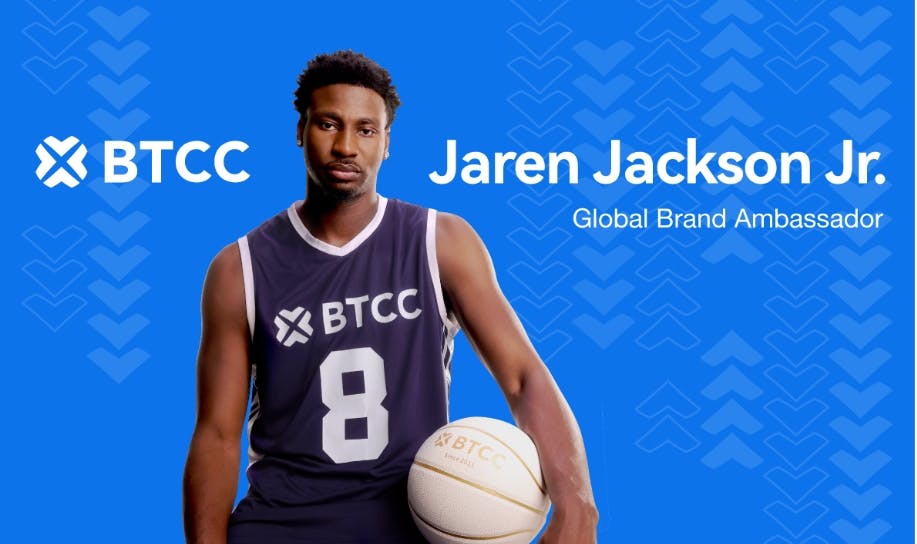I am 85 hours into Death Stranding 2, an apocalyptic nightmare about Earth becoming infected with death monsters, and I’ve realised that I’m playing it as a cosy game. For hours at a time, I trundle along the photorealistic landscapes in my pick-up truck, delivering parcels to isolated communities and building new roads. The only reason I complete the main story missions is to open new areas of the map so that I can meet new people and build more roads. I find it blissfully enjoyable.
Of course, I am far from alone in playing video games this way. “Cosy games” have become a thriving cottage industry over the past five years, led by crossover successes such as Minecraft, Stardew Valley and Untitled Goose Game, but also housing hundreds of smaller titles that appeal to highly engaged communities. On Steam this month you’ll discover Catto’s Post Office, a delightful game about a feline postal worker, Fruitbus, a cute food truck management sim, MakeRoom, an interior design challenge, and Tiny Bookshop, which is about running … a tiny bookshop. Most of these games are united by the same elements: small teams, often young, often working remotely; short play spans; low-stakes challenges; and highly stylised visuals, as an aesthetic choice and an economic necessity.
But why, if the audience for cosy games has been firmly established, aren’t there more lavish mainstream, triple-A examples? It’s clear producers such as Ubisoft, EA and Xbox are finding it tough to come up with fresh ideas – that’s why they’ve all spent (wasted) many millions trying to make the next identikit live service shooter to compete with Fortnite. So why not, I don’t know, try to make a big open-world adventure based around positive interactions and soft drama? The TV, film and book industries are crammed with this sort of stuff. Where is my video game version of Call the Midwife? Why can’t I ride a bicycle around 1950s east London delivering babies while faintly patronising decent working folk? Where is the video game equivalent of Downton Abbey or Gilmore Girls?
Of course, I understand the most obvious answers. Like Hollywood, mainstream game development is largely based on minimising risk, and since the dominant cultural strand has always been action, violence and power fantasy, we inevitably end up where we are: with a thousand different combat adventures and not a single big-budget game about the love lives of a witty single mum and her sometimes exasperating daughter. But when we start to talk about culture rather than money, other factors come into play. “I think cosy gamers are a nuanced audience that values stories and mechanics over visual fidelity,” says Moo Yu, creative director at small studio Team Artichoke, which is making an adorable anti-capitalist puzzle game named Mythmatch. “While I do think big-budget cosy games are absolutely going to be developed, it is an audience that isn’t begging for one and is capable of appreciating a wider range of experiences at a wider range of price points.”
This is an important detail – high-end visuals and vast open worlds aren’t necessarily the prize goal, they’re just one aesthetic and immersive option. Untitled Goose Game would perhaps not have been so amusing if the lovely village had been photorealistic and the horrible goose constructed from 100,000 texture-mapped polygons. Stardew Valley is beautiful because it resembles a vividly colourful retro game, not despite it. Art is not just about slavish reproduction, thank goodness. Part of the cosiness of the cosy genre is the restriction of both choice and outcome; the game takes your hand and says come this way, you are safe.
My lifelong friend Jon Cartwright is a veteran game developer who mentors small studios in Australia and New Zealand. When I emailed him about all this he replied: “When I think of a cosy game, I think of limited scope/size. And that’s been a function of them broadly being developed by smaller indie teams with limited budgets. But I think with the overload of … well, everything going on in the world, and especially during the stress of Covid, having a small, safe environment with low stakes gameplay was a really untapped market. The fact that the visuals were ‘simple’ was another source of comfort and charm.”
Charm is hard to replicate – it won’t materialise because you’ve developed an expensive new graphics engine, or because you have 500 staff working on it for 18 hours a day. You can’t build hi-tech charm centres in the desert. It can happen in big games, just like it can in big TV dramas, but it’s a limited and unstable commodity. And in fact, the whole notion of the cosy game as an identifiable genre or deliberate play metric is still relatively young; games for so long, were mostly about winning. The verbs and adjectives of games about being nice to people have yet to be formalised. There’s a hoary old cliche that games are the opposite of film because explosions are cheap but a closeup shot of a human face showing emotion is wildly expensive. You could say that, in an interactive medium with historically limited visual naturalism, it’s been easier to create drama through having someone shoot at you than ask you on a date. But we have a hundred years of animation history to show us how charm, cosiness and emotional intimacy can be drawn from the most symbolic and stylised palettes.
Moo Yu is certain that mainstream, naturalistic cosy epics will happen – in fact, he cites the fashion-focused role-playing game Infinity Nikki as an example. Until then, I will be in Death Stranding 2, having to fake care about chiral contamination and extinction entities just so I can rescue kangaroos, visit inventors and drive my truck through irradiated landscapes of considerable beauty. Sometimes you have to play their game to win your own.
What to play
August is proving a spectacular month for retro arcade collections and I cannot resist recommending one more before I regretfully return to the 21st century. Operation Night Strikers is a collection of four acclaimed Taito shooters from the late-1980s including the seminal light gun blaster Operation Wolf, essentially an interactive combination of the action flicks Rambo and Commando. Also here are its decent sequel Operation Thunderbolt, plus two lesser-known greats – cyberpunk flying car shooter Night Striker and Space Gun, a frenetic take on Aliens, complete with face huggers and flame throwers. As usual for modern collections, save functions have been added, and if you get the Switch version, you can use your JoyCon as a makeshift light gun. It’s not very accurate, but it’ll remind veteran arcade dwellers of using Operation Wolf’s original mounted Uzi gun controller.
These colourful, fast and ridiculous popcorn games perfectly capture the spirit of the era, with their smooth scrolling 2D backdrops, banging electro-pop soundtracks and monosyllabic, muscle-bound heroes. You’ll be back.
Available on: PC, Switch
Estimated playtime: 10-plus hours
What to read
-
In a story that will strike a chord with anyone who remembers the antics of Veruca Salt, McDonald’s Japan has had to cancel a Pokémon promotion due to massive food waste and rampant scalping. According to Eurogamer, an exclusive Pikachu card was made available as part of a limited-edition Happy Meal deal, but fans queued for hours, got into fights and discarded their unwanted food in the streets. Inevitably, scalpers were out in force attempting to horde the cards, which are now on auction sites at vastly inflated prices.
-
It’s always worth reading Rob Fahey’s industry essays on GamesIndustry.biz. This week he looks at the unsuccessful success of PlayStation, analysing why and how the console is raking in revenue, despite plenty of mis-steps, including the seemingly obligatory pivot to live service, which has failed to yield any noticeable rewards.
-
Has it really been 20 years since Xbox achievements changed game design? To mark the occasion, AV Club has written an interesting analysis of their arrival, focusing on how gamers reacted to having their dopamine reserves so heavily commodified.
after newsletter promotion
What to click
Question Block
This one came in from Rich John on BlueSky:
“Is it healthy for the industry to have a juggernaut like GTA VI sucking up lots of the headlines and (expectedly) money? How does it impact other publishers?”
Well, put it this way: no major games company is going to be putting up its big hope for 2026 in the same launch window as Rockstar’s long-awaited behemoth. When the game was originally slated for a late 2025 launch, three triple-A developers told industry newsletter the Game Business they were giving it a wide berth. This can be hugely disruptive to development teams who may have spent years planning for a specific release slot – it can also create a media and marketing black hole, where for a few weeks, no one is interested in anything else.
However, it’s not all bad. When GTA V arrived in 2013, it didn’t destroy everything in its path – casual mobile games such as Puzzle & Dragons and Candy Crush did fine, as did titles with dedicated fanbases such as World of Warcraft and Call of Duty. Also, a massive hit like GTA brings wider attention, interest and potentially investment to the whole industry, and there is plenty of money to be made from releasing similar titles in the wake of the original – Grand Theft Auto spawned a whole genre of gangland adventures from Saints Row to Sleeping Dogs, while also lending innovative new design features to the entire market (GTA Online was, after all, the original live service experiment).
So yes, it’s healthy. Kind of. The immediate financial shock can be challenging for other studios, but GTA V showed that casual gamers and dedicated fans of other franchises didn’t abandon everything and flock to Rockstar. Furthermore, the aftermath of a spectacular success can open new opportunities. After all, before Star Wars, no Hollywood studio would have touched a big budget sci-fi flick, but in the following years, we got Alien, Blade Runner, The Thing and the Star Trek movies. Success is inspiring – even when it happens to our rivals.
If you’ve got a question for Question Block – or anything else to say about the newsletter – email us on [email protected].










